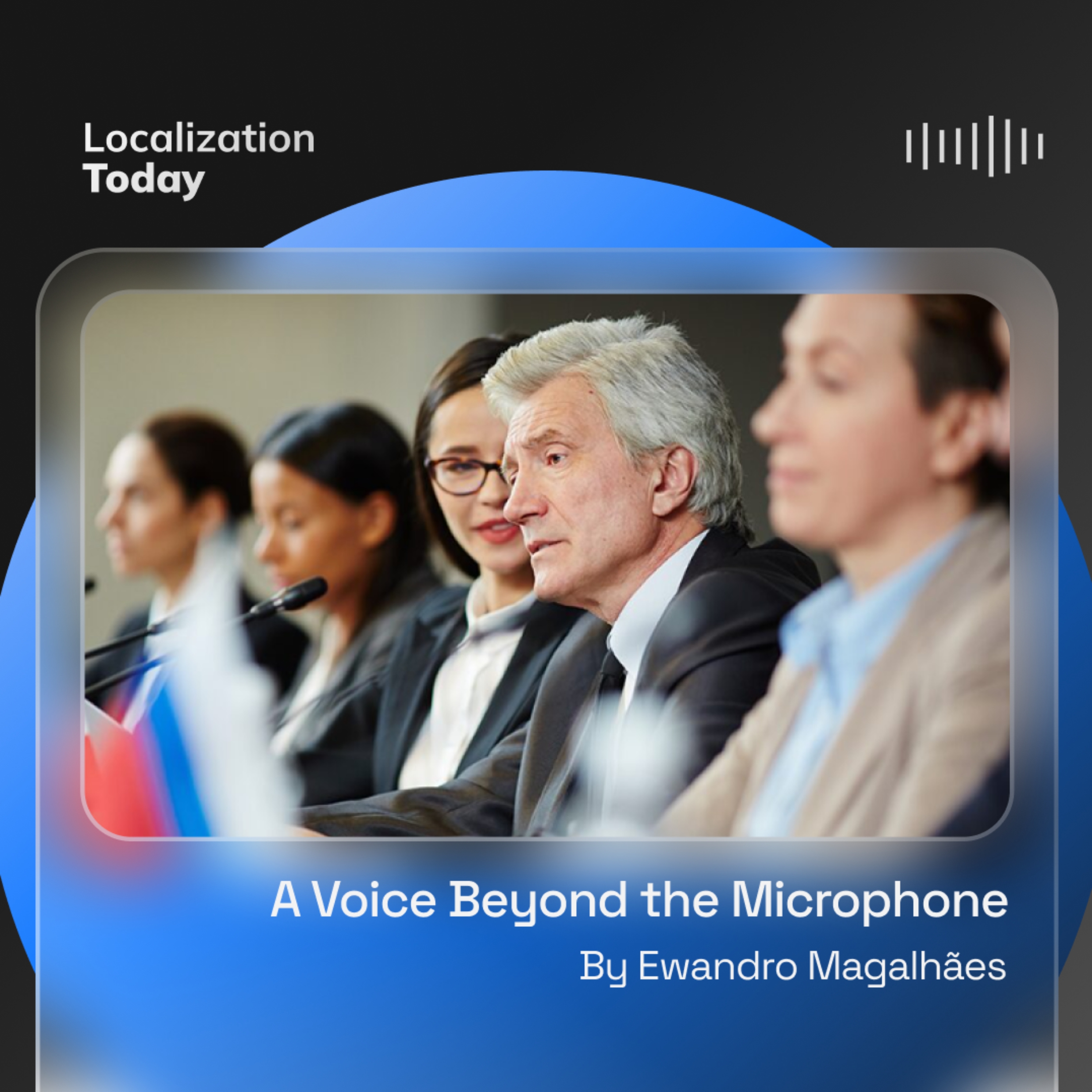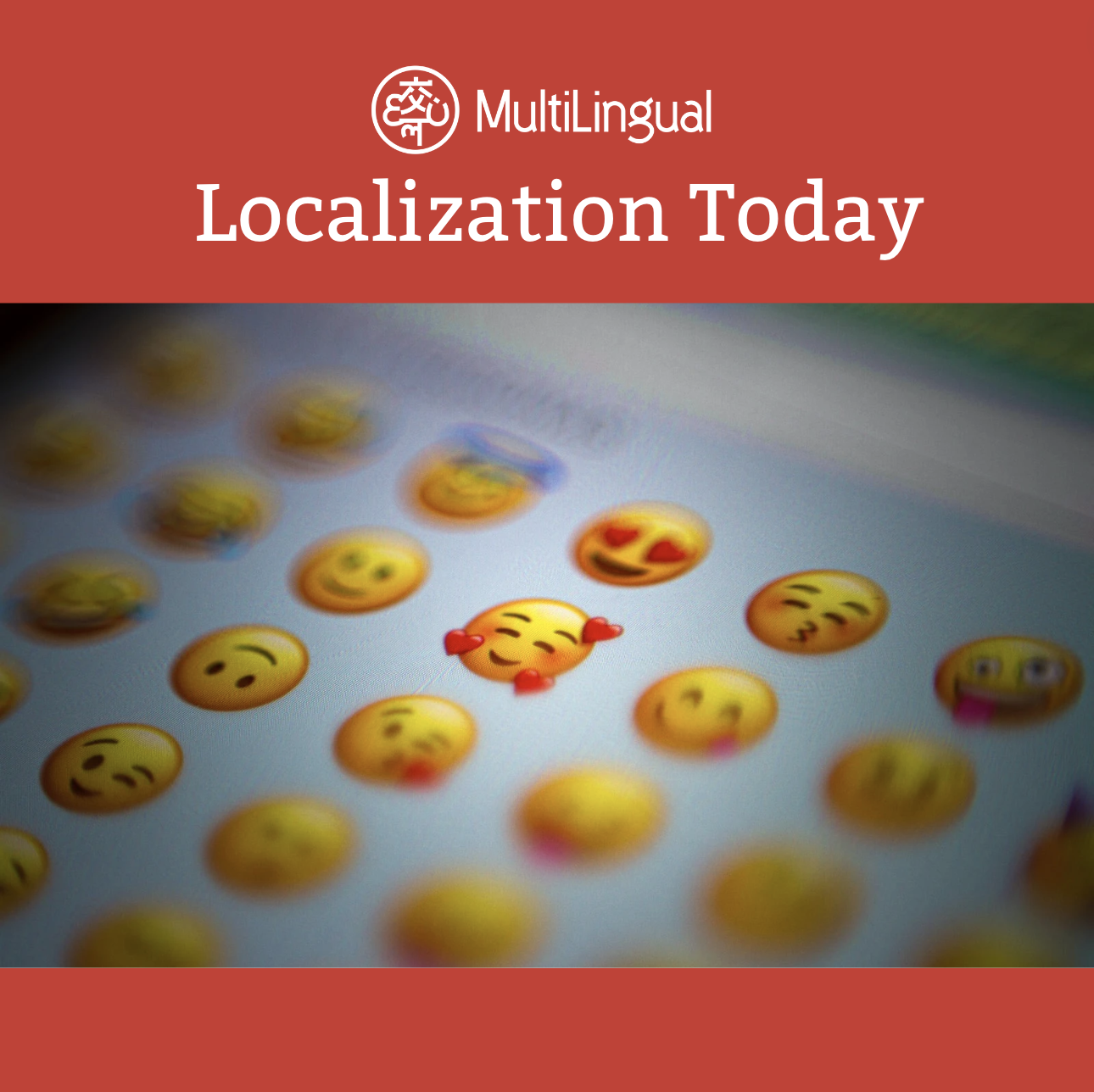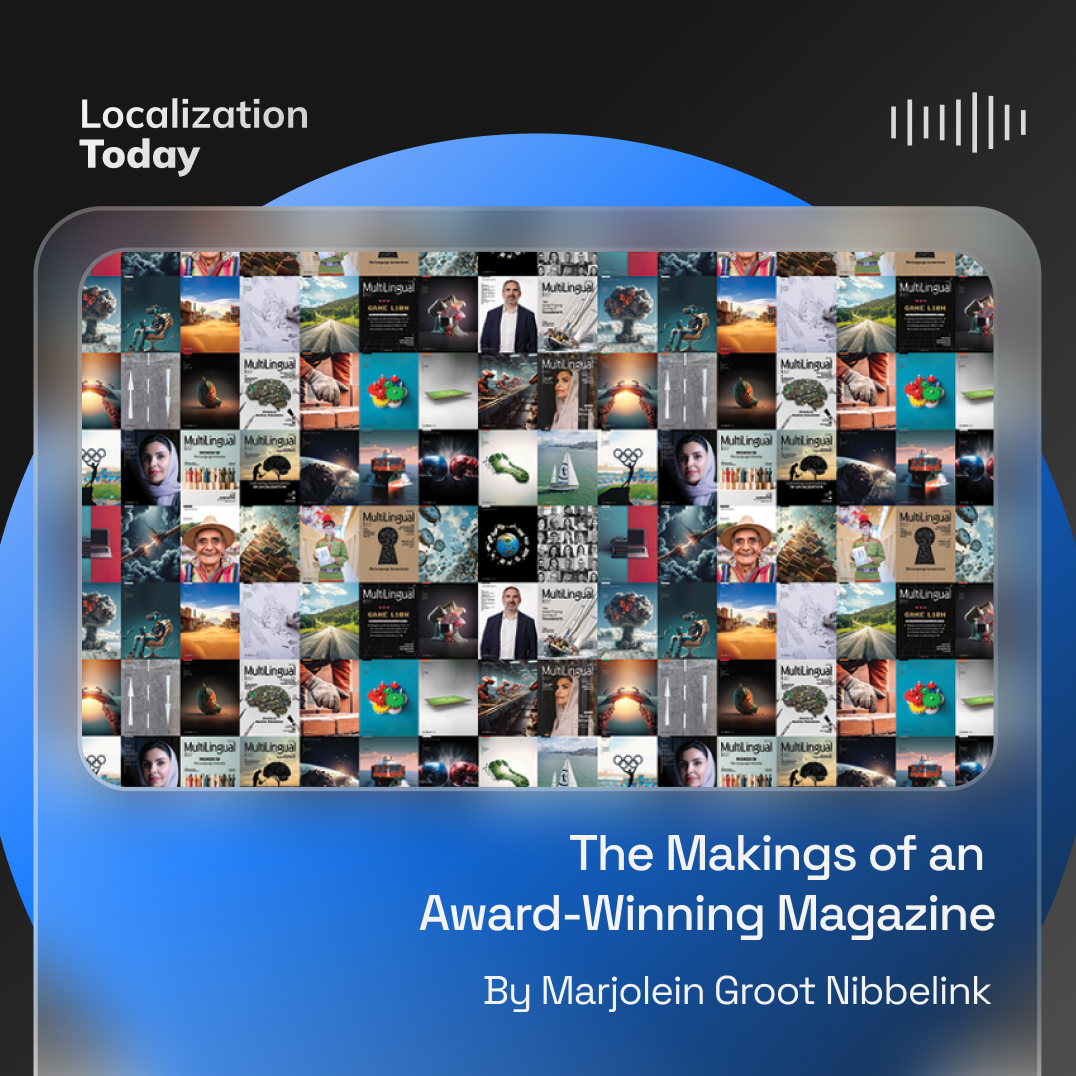Episode Transcript
[00:00:00] Written in stone by Tim Brooks.
[00:00:04] The essence of calligraphy is motion, the fluid movement of letters over a page and the dynamic involvement of the body. But how do you achieve those qualities when you're working in the hardest material possible?
[00:00:17] To find out, I spoke with Nick Benson, who is the third generation proprietor of the John Stephens Shop in Newport, Rhode island and a calligrapher in stone, one of the oldest continuously operating businesses in the United States. The shop was founded by the original John Stephens, an immigrant stonecutter from England in 1705.
[00:00:39] The shop specialized in headstones, monuments and those grand and impressive granite lettered slabs you see outside museums, galleries, government buildings and universities, literally establishing the visual identity of American lettering. The Stevens family ran the business for more than 220 years until 1927 when it was bought by John Howard Benson, Nick's grandfather. Nick seems to have learned his skills in the old fashioned way simply by being around his grandfather's and father's work. At age 18, even before he went to design school, his father took him down to the National Gallery of art in Washington D.C. and had him carve an addition to one of the lists of trustees.
[00:01:25] Nick met me at the shop, which is a classic New England whaling town wooden building. He gave me a tour that fell quite intentionally into two locations and phases.
[00:01:36] First was the shop itself, which he refers to as the business.
[00:01:41] It's clear he sees the shop as carrying a grand and vital legacy of calligraphic craftsmanship.
[00:01:48] Even at this formal and traditional end of his spectrum, there is remarkable grace in his work. When he carves the V cross section brings the whole letter to life, catching the light and making it look slender and the seraphs at head and foot almost feathery. Yet the shop tour among the vast slabs was shadowed with threat and melancholy. Sources of slate and granite are becoming exhausted. Of variable quality or simply too expensive.
[00:02:17] Competitors are using artificial materials and computer guided mechanical cutting sandblasting instead of carving.
[00:02:25] What disturbs him most though, is the erosion of the understanding that writing in stone takes tools and skills that take generations to develop.
[00:02:34] And that work that will stand the test of time will also take time to create.
[00:02:39] A lot of people will come into the shop and say, what's the point of you doing this? The typefaces are there, the digital cutting machines are there, and there are cheaper, faster ways than having you do it. During my grandfather's era and my dad's, there were wonderful people who understood the breadth of it. Digital technology can now reproduce three dimensional sculptures by using machinery.
[00:03:04] They're awful both aesthetically and from a greater ideological perspective. It's incredible work, but it's not human.
[00:03:14] So much of what I'm trying to do is to undo the loss of craft that was practiced throughout human history up to about a hundred years ago. Next was the second part of the tour.
[00:03:24] His own studio, his own work is organic and intricately entwined, like the vine motifs of the Arts and Crafts movement, yet given a sharp modern edge. His carved art constantly explores the relationship between himself, his work, and the physical universe. The act of carving is both an act of intention and an what kind of impact can I have on the world?
[00:03:50] How do I work in a permanent medium at a time of universal impermanence? These are actually spiritual questions embedded in the most substantial and solid of media.
[00:04:01] Nick has a fairly bleak view of why many Americans have difficulty relating to his work and the whole tradition of manual craftsmanship. The United States is a combination of cultures.
[00:04:13] It doesn't have the deep history that other countries have in terms of self identity. Today, the cultural fabric of the United States is money.
[00:04:22] That's what we care about and that's what we have in common on all the apps. That's what's being sold to you.
[00:04:29] It's very dark and upsetting. On the wall of his studio is an oil painting of the classic image from Terminator 2.
[00:04:37] Linda Hamilton out in the desert in sunglasses and military fatigues, holding an AK47.
[00:04:44] In a way, he says, that is himself getting ready to do battle against the machine. But in another sense, his vision is more like the Matrix than Terminator. Instead of fighting the machine, all too many of us are already in it. He himself sent this query to the design equivalent of ChatGPT.
[00:05:04] If AI were to become sentient, what sign would it put up to warn humans away?
[00:05:10] He's now in the process of carving the symbol that the machine printed out for him, a cross between a circular maze and the cryptic script of the heptapods in the movie Arrival.
[00:05:21] It will take him a year to carve. I could sandblast it in an hour and a half using a rubber stencil, he said, knowing he would never do that. This incredibly precise and painstaking work in the hardest of materials embodies the paradox of our times.
[00:05:38] Some people do sense and appreciate the skill and effort of the traditional arts, but they have been offered by the digital revolution a way to avoid doing that work themselves.
[00:05:50] This leaves the old manual's skills balanced on the proverbial edge, recognized and often valued, yet in danger of having nobody to hand the chisel off to his half finished symbol of warning embodies this uncertainty, but even so, it demonstrates the ability of static writing to embody movement and a thought suspended in time for all time.
[00:06:14] This article was written by Tim Brooks, the founder of the Endangered Alphabets Project, which aims to create a list of the world's writing systems, identifying every script currently in use and assessing its degree of health or vulnerability.
[00:06:29] Originally published in Multilingual Magazine, Issue 241, 6-20-25.


